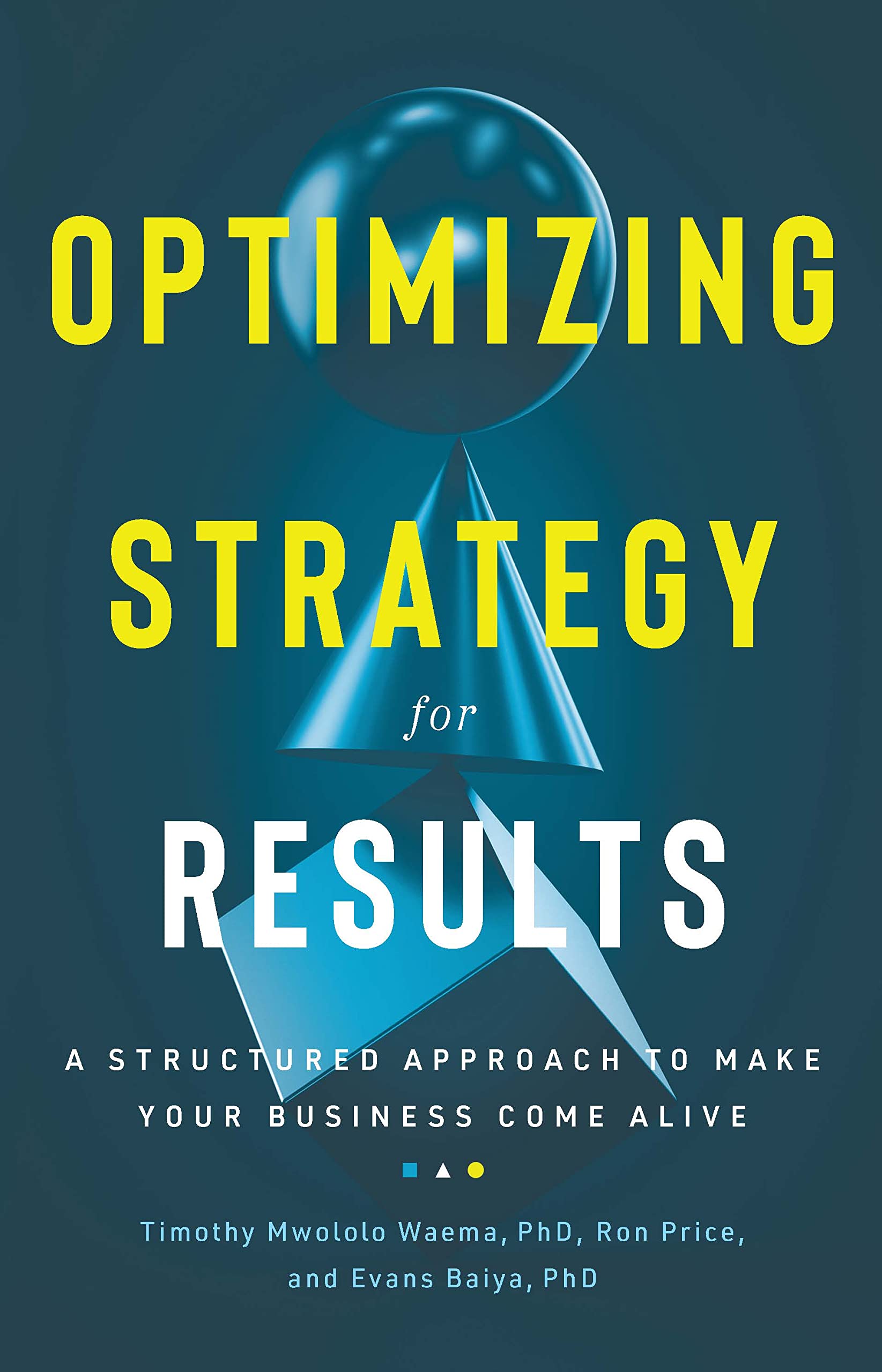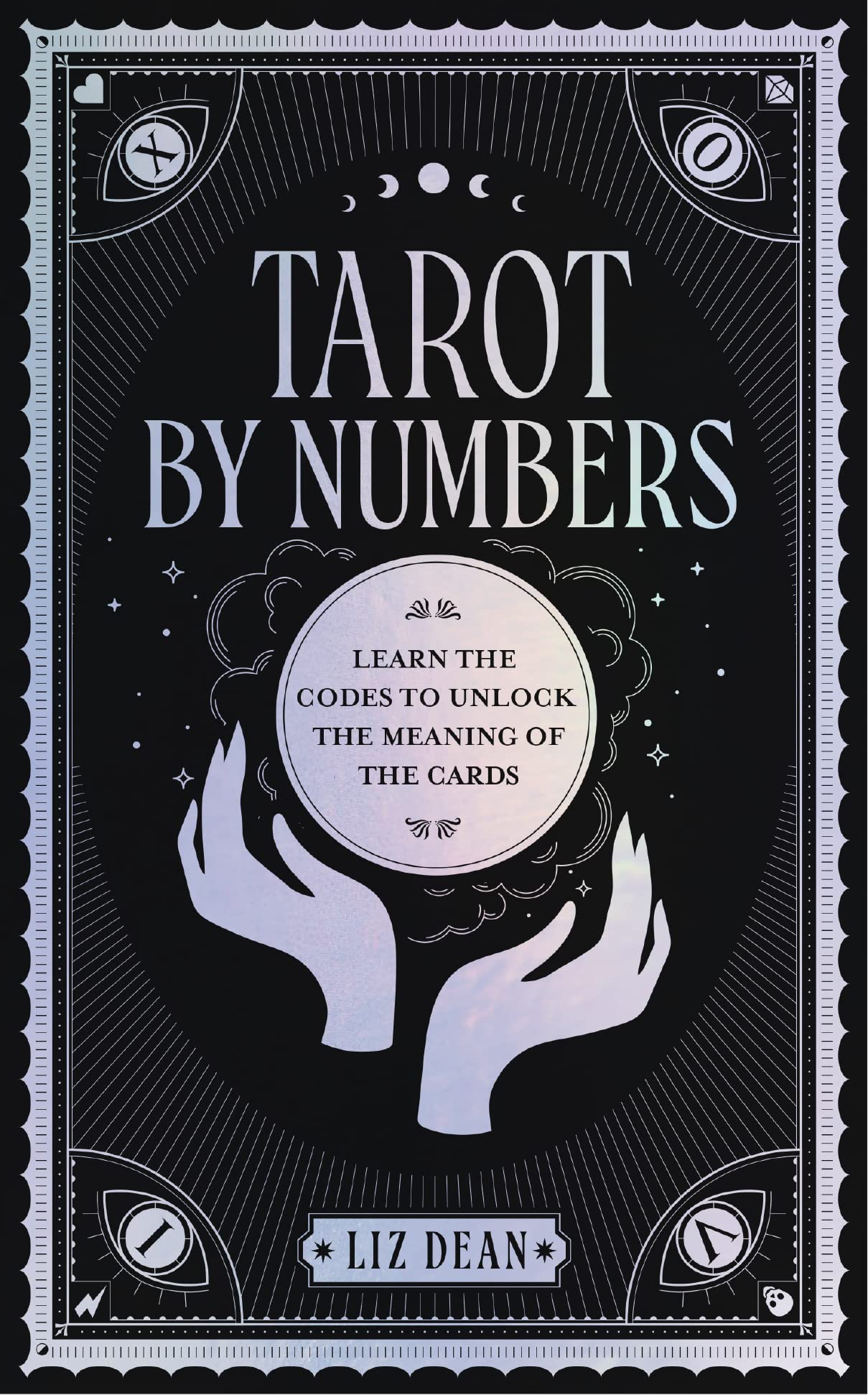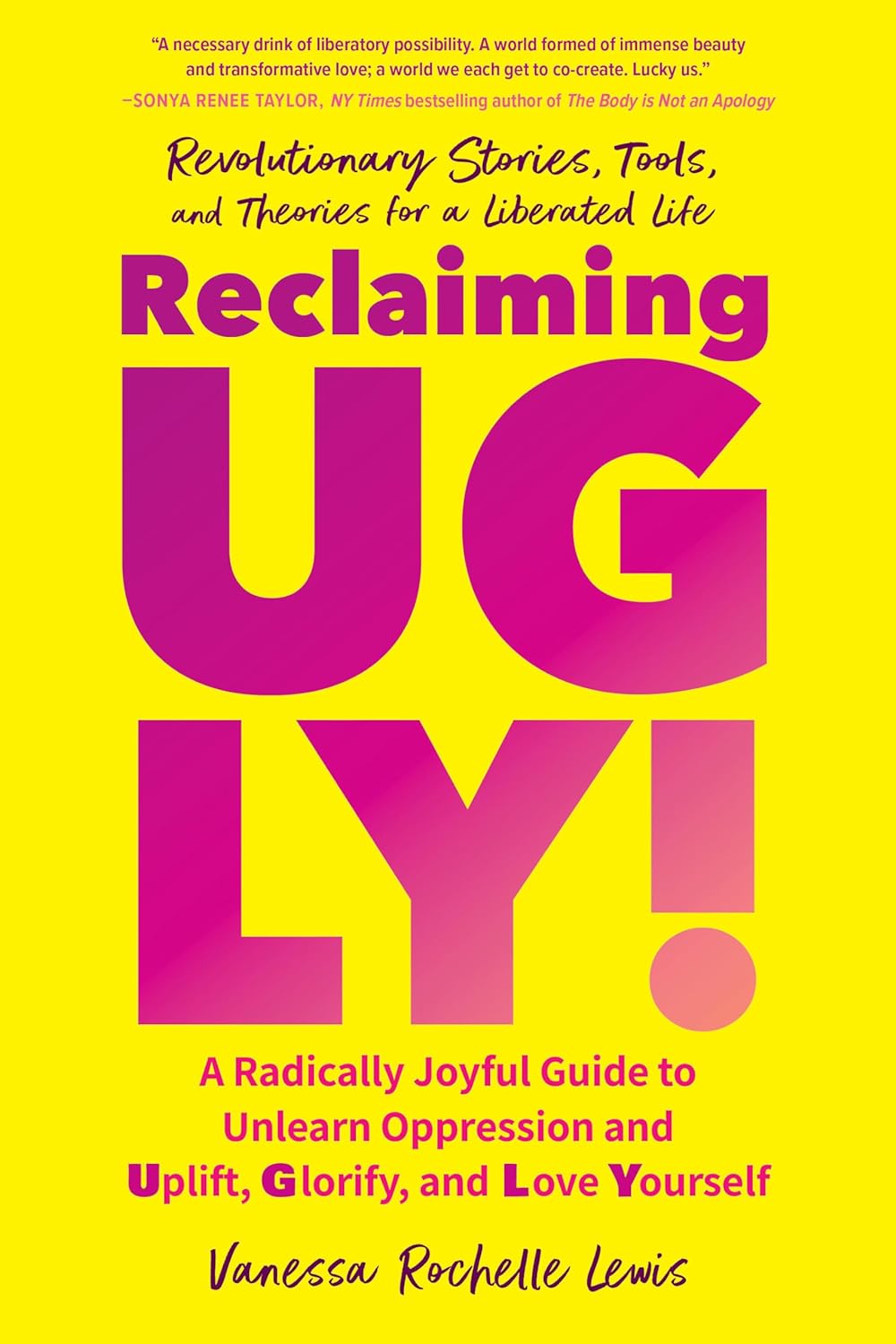Optimizing Strategy For Results: A Structured Approach to Make Your Business Come Alive
Optimizing Strategy for Results is a concise and action-packed guide for leaders, management consultants, and facilitators intent on developing and executing strategies that support operational and business goals. Drs. Timothy Mwololo Waema, Evans Baiya, and Ron Price have leveraged their deep experience and insights in entrepreneurship and international business to offer a sequence of practical steps for envisioning, gathering support, and communicating the advancement of mission-critical goals and objectives.
Anchored by a focus on anticipating unexpected challenges, the authors emphasize the importance of aligning purpose and vision to ensure preparedness and resilience to face volatility, uncertainty, complexity, and ambiguity (VUCA). They discuss the elements of a company culture that is responsive to change, including an orientation toward continuous learning, people-centric values, and an unrelenting focus on the needs of the customer. Each chapter highlights critical skills to succeed in an ever-competitive landscape, outlining tools, accountabilities, and key takeaways. The list of crucial questions for each stage of the strategy development and implementation process was highly invaluable.
With my academic background in business and twenty+ year career in communications and diversity management, I have read many business books focused on strategy, including classics like Execution by Ram Charan and Good to Great by Jim Collins. Optimizing Strategy for Results takes the best qualities of management volumes, offering case studies and practical applications of critical concepts. This book offers the bedrock of strategy development, with useful lessons for founders and entrepreneurs of early-stage companies.
For leaders who have been through iterative strategy sessions, some tools may seem familiar. They are presented with a different spin without much context or explanation for the validity or necessity of a new approach. For example, the authors discuss using the SLOC analysis, which stands for strengths, limitations, opportunities, and challenges, for internal and external assessments. SLOC is an iteration of the SWOT framework that focuses on strengths, weaknesses, opportunities, and threats. At first glance, there isn’t much difference between the two approaches, and the authors failed to address the distinction. Other tools – like the company scorecard – appear to be a revision of the balanced scorecard model, which has been widely used for the last few decades.
For busy executive leaders, the best aspect of Optimizing Strategy for Results is its brevity. It gets to the point immediately, without much of the buildup of explaining the research and evidence supporting the frameworks. I appreciated the different tools designed to enable teams to understand constraints, prioritize needs, and make sound strategic decisions. From the lens of a people manager, it was essential to know how emotional intelligence may be applied to an organizational context. Strategic intelligence drives change by understanding company culture and adapting to external challenges.
| Author | |
|---|---|
| Star Count | /5 |
| Format | Hard |
| Page Count | |
| Publisher | Greenleaf Book Group |
| Publish Date | 15-Mar-2022 |
| ISBN | 9781736028384 |
| Bookshop.org | Buy this Book |
| Issue | March 2023 |
| Category | Business & Investing |
| Share |






